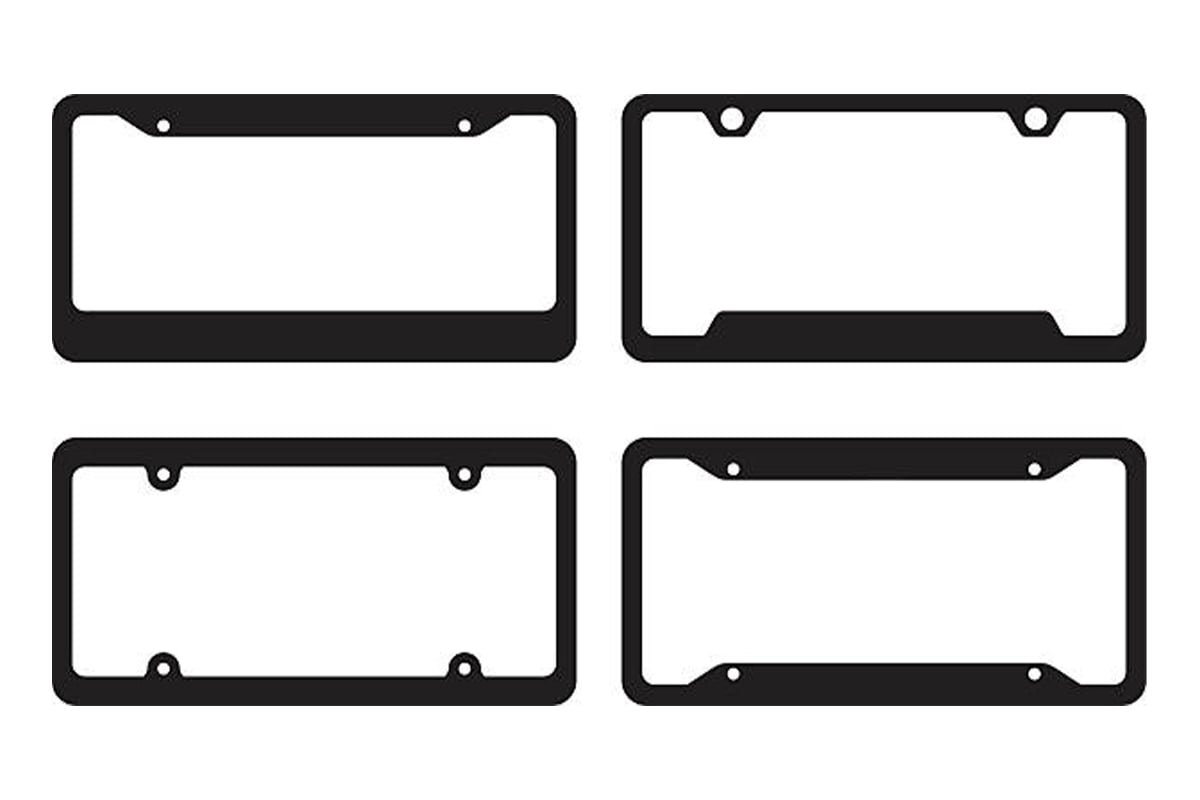Why Transferring Your License Plates Is Important When Selling a Vehicle
When selling a vehicle, it is crucial to understand the process of transferring your license plates to the new owner. This not only ensures a smooth transition of ownership but also helps protect you from any liability associated with the vehicle after the sale. In this article, we will guide you through the steps involved in transferring your license plates when selling a vehicle.
Step 1: Remove Your License Plates
The first step in transferring your license plates is to remove them from the vehicle you are selling. Use a screwdriver to unscrew the screws holding the plates in place. Be careful not to damage the plates or the vehicle during this process. Once the plates are removed, make sure to keep them in a safe place until you are ready to transfer them.
Step 2: Gather Required Documents
Before transferring your license plates, you will need to gather certain documents. These typically include the vehicle's title, a bill of sale, and your identification. Additionally, you may need to provide proof of insurance and any necessary forms required by your local Department of Motor Vehicles (DMV) or equivalent authority.
Step 3: Visit Your Local DMV or Equivalent Authority
Next, visit your local DMV or equivalent authority to complete the license plate transfer process. Be sure to bring all the required documents with you. At the DMV, you will need to fill out a license plate transfer form and pay any applicable fees. The DMV will then provide you with a new set of license plates to give to the buyer.
Step 4: Complete the Transfer of Ownership
While at the DMV, it is also important to complete the transfer of ownership paperwork. This ensures that the new owner's information is properly recorded, and you are no longer held responsible for the vehicle. The DMV will guide you through the necessary steps to transfer the ownership of the vehicle to the buyer.
Step 5: Provide the License Plates to the Buyer
Once you have obtained the new set of license plates from the DMV, provide them to the buyer of the vehicle. Make sure to give the buyer clear instructions on how to install the license plates on their newly purchased vehicle. It is essential to ensure that the plates are securely attached and in compliance with local regulations.
Step 6: Cancel Your Insurance and Registration
After transferring your license plates and completing the sale, it is important to cancel your insurance and registration for the sold vehicle. Contact your insurance provider to inform them of the sale and request cancellation of the policy. Similarly, notify your local DMV or equivalent authority to cancel the registration of the vehicle.
Step 7: Retain Proof of Plate Transfer
It is advisable to retain proof of the license plate transfer for your records. This may include a copy of the license plate transfer form, the bill of sale, and any other relevant documentation provided by the DMV. Keeping these records can help protect you in case of any future disputes or legal issues regarding the vehicle.
Step 8: Understand Your Legal Responsibilities
Transferring your license plates does not release you from all legal responsibilities associated with the sold vehicle. It is important to familiarize yourself with the specific laws and regulations in your jurisdiction regarding the sale of vehicles. This includes understanding your responsibilities as a seller, such as disclosing any known defects or issues with the vehicle.
Step 9: Advise the Buyer on Their Responsibilities
As the seller, it is your responsibility to advise the buyer on their obligations after purchasing the vehicle. Inform them about the need to register the vehicle in their name, obtain insurance coverage, and adhere to all applicable laws and regulations. Providing this guidance ensures a smooth transition of ownership and helps the buyer avoid any potential legal issues.
Step 10: Seek Professional Advice if Needed
If you are unsure about any aspect of transferring your license plates when selling a vehicle, it is always wise to seek professional advice. Consult an attorney or contact your local DMV for clarification on the specific requirements in your area. Getting expert guidance can help you navigate the process with confidence and ensure compliance with all legal obligations.


